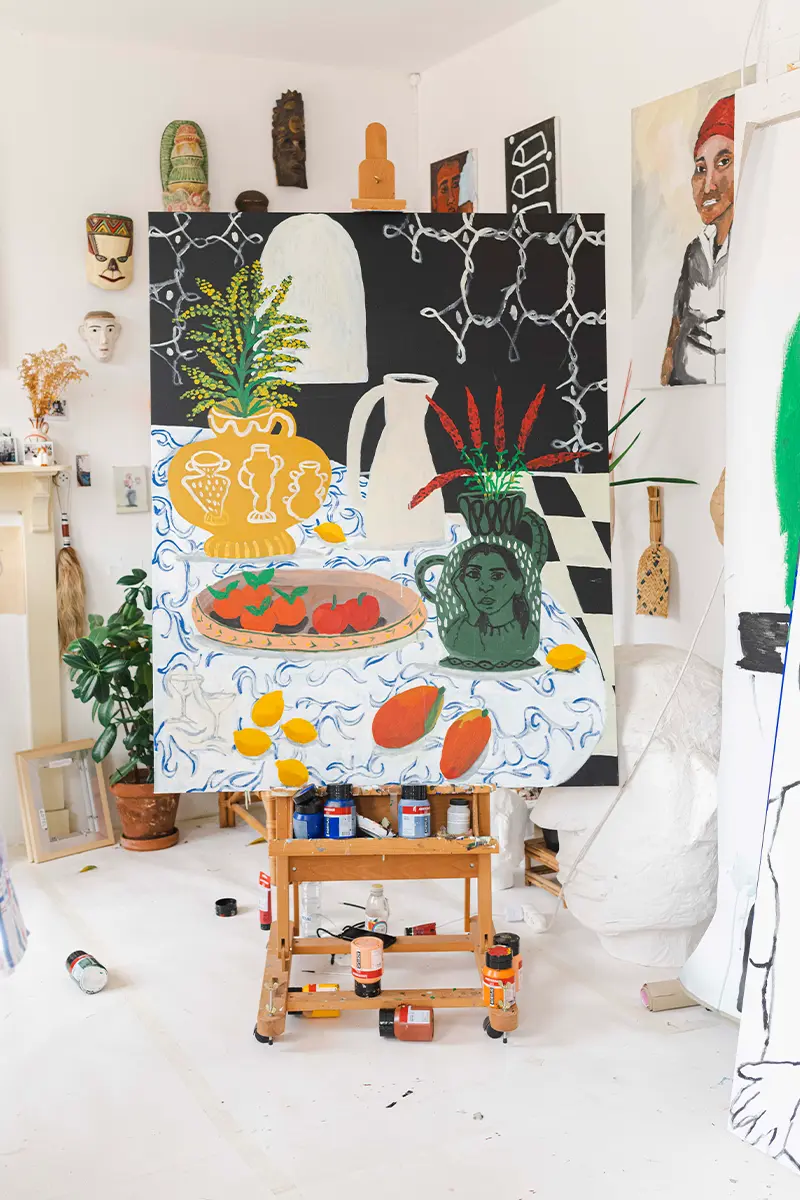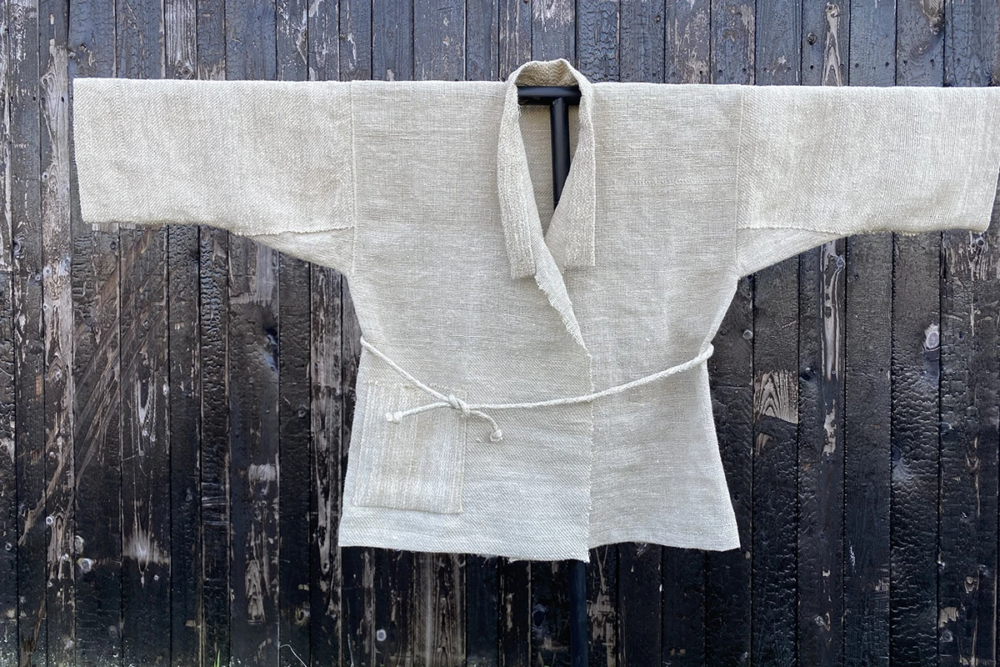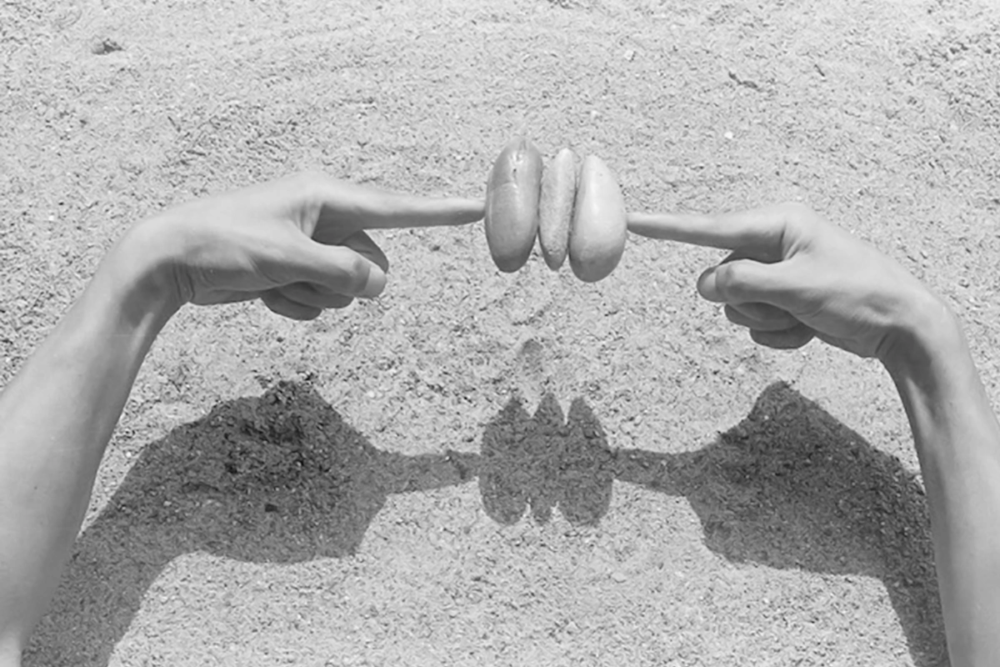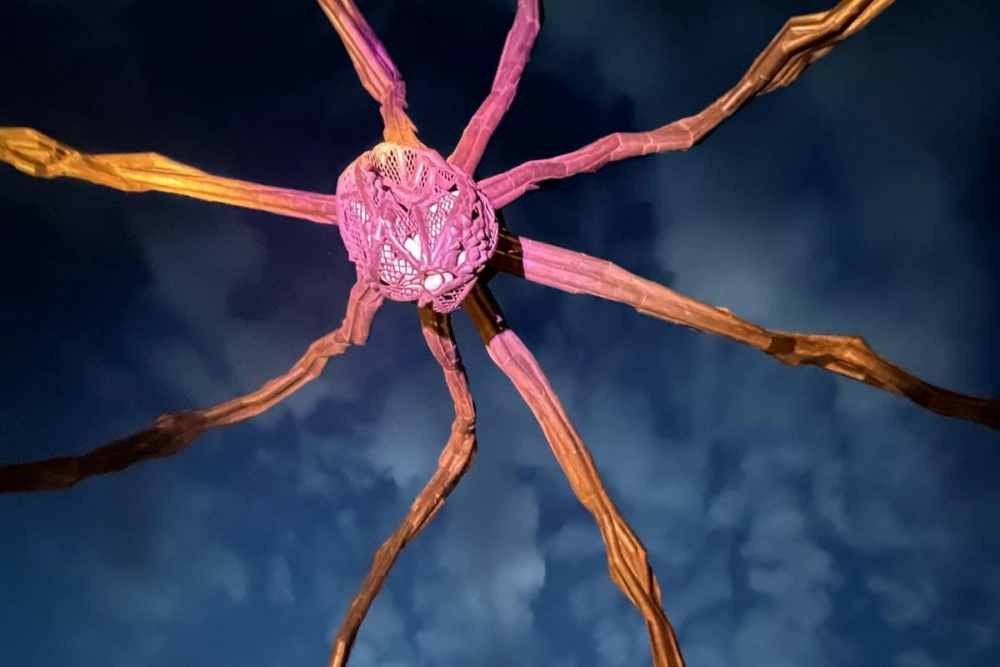
Shirley Villavicencio Pizango, between Amazon rainforest and Belgian galleries
Fast lines, colors and acrylic paint for contemporary portraits between drawing and painting, in balance between Peruvian roots and Belgium education
Shirley Villavicencio Pizango is a Belgian artist with long dark hair and deep brown eyes. In her paintings she gently tells the story of her Peruvian origins, her childhood in the Amazon rainforest, her teenage days living in Lima, and her women’s life in Belgium.
Shirley Villavicencio Pizango: fast and instinctive lines, warm colors
Using vibrant colors, acrylics, and mixed techniques halfway between drawing and painting, Shirley Villavicencio Pizango builds an intimate story of her travels, her culture, and her family.
As she explains: «People like my work, but often they don’t understand at the beginning. They like my works because they look colorful and energetic, but actually the color choice tells a lot of things about my story and my past, about the things I had to go through. I never knew my father before I was 18 and this has influenced me. I have a painting called Shadow of Absence, and it’s a portrait of my father as a shadow. It’s interesting to see how people are led by the colors, like they link bright colors to something happy. I don’t. I don’t like to link sad things with dark colors or happy things with shining tones. I mix them all, because I think everything is together».
Pizango in Belgium – White lips, darker skin
In her paintings, Shirley Villavicencio Pizango often uses the white color as little touch to color the lips: «When I came to Belgium, I couldn’t speak the language, so in my paintings and portraits, you will see that all these people I paint don’t have colored lips because. It’s a reminder for me of that time: I was feeling empty because I couldn’t communicate and share my feelings so that became like a sort of stamp of my work».
The skin color of the people portrayed also takes on a darker tone: «In the past, when I looked at paintings of people of color, I realized that they were painted in an exotic way or a serving way. I wanted to change that and to paint them also in a ‘Broadway way’. In this way, my work became a little bit political, because I was specifically trying to make a sort of vindication for people that have other color than a white skin».

Shirley Villavicencio Pizango – Peruvian roots, Belgian education
«I was born in Peru and grew up between Lima, the capital, and Santiago de Borja, a small village in the Peruvian Amazon where my mother’s family lives. My mother never married my father and I am the sixth daughter of twelve children, born to different mothers. I didn’t have a real relationship with my father until I came to Belgium; then I lived with him and his new family for a while, but it didn’t click».
In Belgium, Shirley Villavicencio Pizango met a boy who introduced her to her parents, and she was welcomed as a daughter, and included in an almost like a second adopted family: «We had, like, a fraternal relationship. His parents are both Belgian people and they took care of me until last year. They also tried to adopt me, but it wasn’t possible because I was older than 18 years. So I stayed with them and they helped me out, introducing me to new opportunities and possibilities. I decided to study art because they asked me: what do you want to do and be? When I was in Perù I was studying to become a lawyer».
Since receiving her MA from the Royal Academy of Fine Arts Kask in 2013, Villavicencio Pizango has exhibited in Belgium, Germany, Spain, England, Perù and the United States. «Today I find myself in a place that stands between two cultures, the Peruvian and the Belgian. As a child I was obsessed with this idea of duality: the sun and the moon, the night and the day, the Amazon forest and Lima, the city».
Portraits and self portraits, between representation and interpretation
Ancient traditional and ethnic masks are hung on the walls of both her studio and her home: «I have an obsession with people and for the way we are different from each other. So when you wear a mask you compare and express opinions based on the look. When the Spanish people came to conquer us in Perù, they painted our faces white like they were overlaying their culture in ours. So our culture, in some way, disappeared».
The subjects of Shirley Villavicencio Pizango’s figurative portraits appear as if posing for informal snapshots: «When I paint or portrait somebody, it will not be a full representation of this person. I need to know this person well, or at least have a conversation with this person, to understand him or her. I believe that painting more like the interior of somebody is not realistic: my paintings are like an interpretation, maybe, or a mix between a representation and an interpretation of me, of them, how they look to me».
Shirley Villavicencio Pizango, against conventional perspectives
«I don’t leave the house if I don’t wear something extravagant. I mean, when I am at home now, especially now that I’m pregnant, it’s difficult». In the photos in which she is portrayed, Shirley Villavicencio Pizango wears clothes of similar colors and tones that make her look like the subject of her paintings, in an extravagant fauve color palette.
Her work is often inspired by other cultures: «In Peru we have this pentatonic culture, we also eat raw fish like Japanese people, because we have a lot of immigration from Japan at a time. So this is also influential in my work and in my way of thinking, I went twice there and I also learned a little bit of Japanese».
Shirley Villavicencio Pizango rejects conventional perspectives both in her daily life and in her artistic expression: «I’m always trying different things, I try to use everything I can and to experiment with different techniques. When I started painting, I didn’t like the perspectives and they were never correct in my works, never. When they were, I didn’t like it so I changed them again, and then I was satisfied. When I was teaching children, I realized that they have more creativity because they don’t follow a pattern, they’re free from rules».
Pizango’s research includes painting – everybody is beautiful in their own way
Shirley Villavicencio Pizango’s research includes painting, ceramics and textiles. Her work veils a hidden subtle political message: her position as a woman and as a female artist, as well as her background, are all recurring themes.
«I believe that culture has an influence in my work and in myself. I grew up in Peru, where there is a radical idea about women, about their rights. They have this archaic standard for beauty: they like white people with light eyes with light hair color. So when I was a child, I grew up with this idea that I was not beautiful enough. I had dark skin, my mouth was too small or my ears were too big as well as my nose. These kinds of comments influenced my life. But now I have become more self conscious and I have my own ideas, and I think everybody is beautiful in their own way. I started to feel beautiful: I look at myself, and I like myself».
Shirley Villavicencio Pizango
Shirley Villavicencio Pizango is a Ghent-based artist with Peruvian roots. The crossover between her childhood in the Amazon rainforest and lima, and her life in Belgium, is one of the main features defining her work. Villavicencio Pizango paints her portraits at a whirling pace. She mainly uses acrylic, which has a fast drying period and allows her to paint in a preferred spontaneous manner. By using the painterly process, she creates an intimate dialogue with her subjects.







